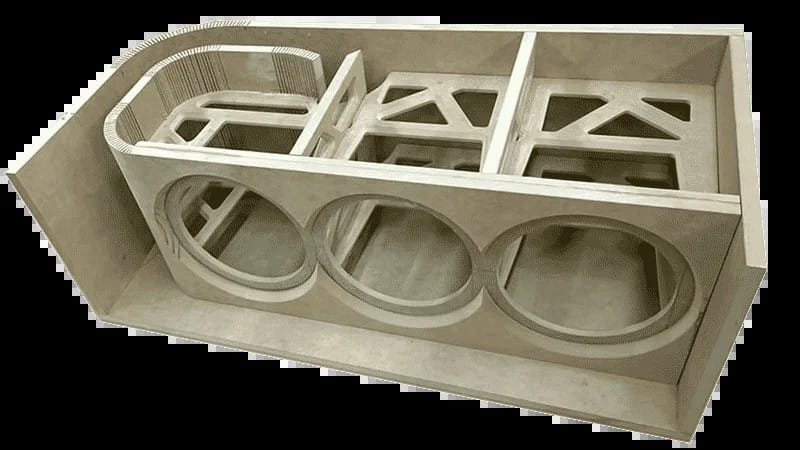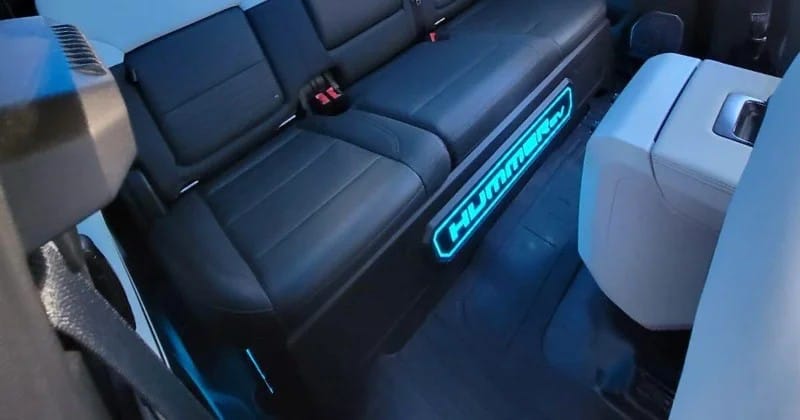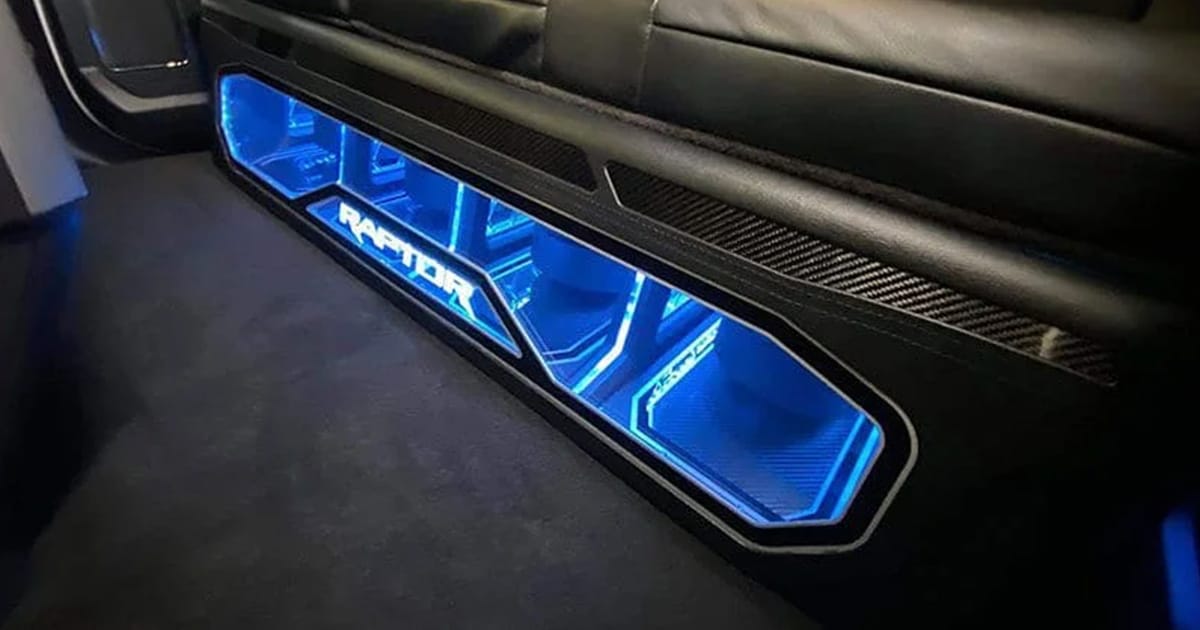The right subwoofer and enclosure combination can greatly improve how your music sounds, adding depth, clarity and power that factory systems can’t deliver. Choosing the proper setup involves more than picking a big speaker; it’s about matching size, box design, power and tuning to your vehicle and listening preferences. Here’s what matters most when selecting a subwoofer system for your car or truck.
Understanding What a Subwoofer Does
A subwoofer’s job is to reproduce low-frequency sounds that smaller speakers can’t handle. It brings the impact and realism that make music feel complete. From kick drums to deep bass lines, low frequencies give music weight and presence. Most car speakers lose output below about 80 to 100 hertz, leaving the lowest notes missing. A well-installed subwoofer fills that gap, allowing the rest of your system to play more clearly.
Match Subwoofer Size to Vehicle and Listening Style
Bigger isn’t always better. The right size depends on your vehicle’s space and your musical taste.
- 8-inch subwoofers deliver tight, controlled bass for smaller spaces and detailed listening.
- 10-inch subwoofers offer a balance of speed and output that suits most drivers.
- 12-inch subwoofers are the most popular, producing strong, deep bass across many genres.
- 15-inch subwoofers move a lot of air for very deep bass, best suited for large vehicles or listeners who prefer more output.
The space available, your amplifier’s power and your volume goals all play a role in the final choice.
Choose the Right Enclosure Type

The enclosure design determines how your subwoofer will sound.
- Sealed enclosures deliver tight, accurate bass with a smooth roll-off, ideal for music that values precision.
- Ported (vented) enclosures emphasize deeper frequencies and provide more output but require more space and precise tuning.
- Bandpass enclosures combine elements of sealed and ported boxes for maximum output over a narrow range, often used in SPL systems.
Each subwoofer model is designed for specific enclosure types. Professional installers use modeling software and experience to select or build the box that delivers the intended performance.
Match Power Handling and Amplifier Selection
Your amplifier must deliver clean power that matches your subwoofer’s rated capability. The key specification to focus on is RMS power handling, not the inflated “peak” rating often seen in ads. If the amplifier is too small, it may distort at higher volumes and damage the subwoofer. If it’s too large, it could overpower the driver.
Impedance (measured in ohms) also affects power delivery. Professional installers calculate wiring configurations to achieve the correct load and ensure reliable performance.
Consider Space, Vehicle Integration and Aesthetics

A good subwoofer system should fit your vehicle without compromising functionality or storage. Professional retailers can design solutions such as:
- Custom-molded side panels that blend with interior trim.
- Under-seat enclosures for trucks and small cars.
- Spare-tire well subwoofers for hidden installations.
- Prefabricated enclosures designed for specific vehicle models.
A properly integrated design maintains access to storage areas and ensures consistent, balanced bass throughout the cabin.
Professional Tuning Makes All the Difference
Even the best subwoofer and box need proper tuning to sound their best. Professional technicians use calibrated microphones and software to adjust crossover points, equalization and time alignment. These settings make the bass blend smoothly with the front speakers and prevent unwanted boominess or resonance.
Evaluating Quality and Longevity
A well-built subwoofer and enclosure should perform reliably for years. Look for durable cone materials such as treated paper, composite or polypropylene, and sturdy rubber or foam surrounds. The enclosure should be solid, airtight and well-braced to prevent unwanted vibration. Professional installers also ensure proper sealing, terminal connections and finishing for a factory-quality appearance.
Common Mistakes to Avoid
- Choosing a subwoofer that’s too large for the space available.
- Ignoring enclosure design and tuning requirements.
- Underpowering or overpowering the subwoofer.
- Skipping professional installation or calibration.
- Buying components online without confirming compatibility.
Summing it Up
The best subwoofer setup is one designed to fit your vehicle, your music and your lifestyle. A properly matched, powered and tuned system delivers the deep, natural bass that brings music to life on every drive.
Visit a qualified mobile enhancement retailer near you to explore subwoofer options for your car or truck. You can find some great shops using our Dealer Locator.
Lead-In Image: Thanks to Jim Skaggs at the team at MTI Acoustics for the lead-in photograph.

